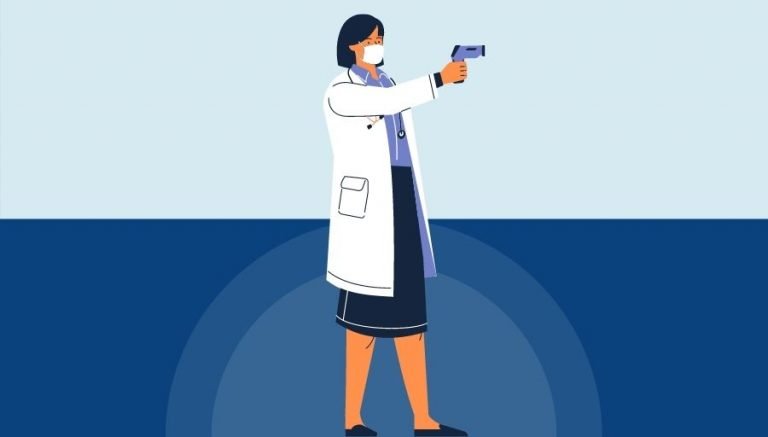ICD 10 CM M66.251 | Description & Clinical Information
ICD 10 M66.251 describes a medical condition characterized by the spontaneous rupture of extensor tendons in the right thigh, which occurs without any apparent injury and can be caused by various factors such as inherent weakness in the tendon, the use of certain medications like steroids or quinolones, underlying medical conditions such as hypercholesterolemia, gout, or rheumatoid arthritis, long-term dialysis, renal transplantation, or advanced age.
Official Description Of M66.251
The ICD 10 CM book defines ICD 10 code M66.251 as:
Includes: rupture that occurs when a normal force is applied to tissues that are inferred to have less than normal strength
Excludes2: rotator cuff syndrome (M75.1-)
rupture where an abnormal force is applied to normal tissue – see injury of tendon by body region
When To Use M66.251
The diagnosis describes by the ICD 10 CM M66.251 code is a spontaneous rupture of extensor tendons of the right thigh, a painful and debilitating condition that affects the movement and mobility of the leg.
When patients present with symptoms such as pain, swelling, erythema, and limitation of motion in the right thigh, healthcare providers will conduct a thorough evaluation to determine the cause. The diagnosis process involves taking a detailed patient history, conducting a physical examination, and utilizing medical imaging techniques such as magnetic resonance imaging (MRI) or ultrasound.
MRIs are useful in identifying the location and severity of the injury and can help providers determine the best course of treatment. In some cases, an ultrasound may be used to detect the presence of fluid or inflammation.
Treatment for a spontaneous rupture of extensor tendons typically involves surgical repair. This may involve repairing the torn tendon or reattaching it to the bone. In the immediate aftermath of surgery, healthcare providers will generally administer nonsteroidal anti-inflammatory drugs (NSAIDs) and analgesics to relieve pain and swelling.
Following surgery, physical therapy is an essential component of rehabilitation. This may include exercises to improve range of motion, strength, and flexibility. Supportive measures such as crutches, splints, or braces may also be used to aid in the recovery process.
It is important to note that early diagnosis and intervention are crucial for a successful outcome. Patients who delay seeking treatment may suffer from permanent mobility-limiting effects, which can have a significant impact on their quality of life. Therefore, it is essential to seek medical attention at the first signs of a spontaneous rupture of extensor tendons in the right thigh.
In conclusion, the ICD 10 CM M66.251 code is a diagnosis that describes a spontaneous rupture of extensor tendons of the right thigh. The condition can be severe, causing pain, swelling, and limited mobility. However, with proper diagnosis and treatment, patients can recover and regain their mobility. Therefore, it is imperative to seek prompt medical attention at the onset of symptoms.



